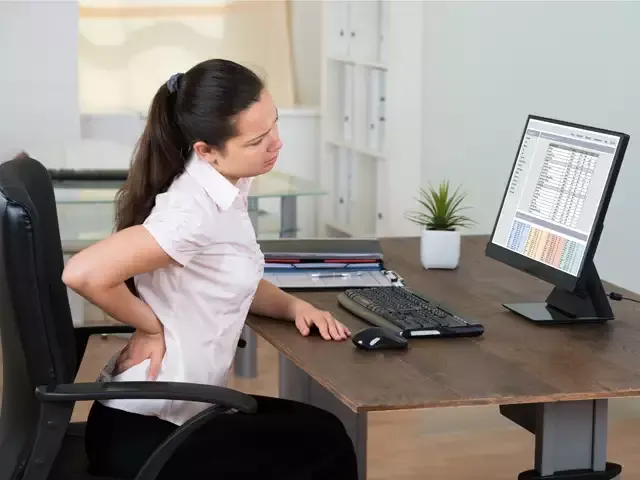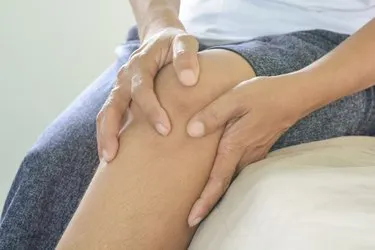Disadvantages of constant sitting.
Prolong Sitting
A sedentary lifestyle in which people have to sit for long hours. It is a unique health issue associated with the inadequate physical activity. In India, the working class people spend more hours sitting.

Here is the list of various body disorders that occurs from constant sitting: -
a.Organ Damage.

Heart Diseases:
Blood flows slowly through the body and muscles burns less fat. Fatty acid gets accumulated and clogs to the heart. Besides, due to sedentary lifestyle cholesterol level rises and blood pressure increases. Person with sedentary lifestyle is more likely to suffer from cardiovascular diseases. They are twice at risk as compared to the people who have an active lifestyle.
Hyper-Reproduction by Pancreatic Gland:
Pancreas produces insulin hormone. This hormone is responsible for carrying glucose to the each and every cell of the body for energy. But the less worked out cell do not respond to the insulin easily. Thus, pancreas produces more insulin to carry more sugar, leading to diabetes and other diseases. Study has revealed that body shows less response to the insulin just after a few days of prolonged sitting.
Colon Cancer:
Constant sitting could also be a reason for breast, colon and endometrial cancers. Yet any direct connection has not been established scientifically, however, one theory says, over production of insulin boosts unnecessary cell growth. Another theory says regular movement or activities controls the insulin production, boosts the natural antioxidants. Antioxidants check the cell damaging and potential cancer causing free radicals.
b.Muscles Degeneration.

Mushy Abs:
The duty of abdominal muscles is to keep you upright. But, these muscles perform their duty properly when you move, stand and even sit up straight. Abdominal muscles go unused when we slump in a chair. The tight back muscles and unused abdominal muscles form a posture- contorting combination that increases the deepness of spine’s natural arch, resulting in swayback.
Tight Hips:
Among many works of hip muscles one is to keep you balanced. However, people sitting for long hours rarely stretch/ extend their hip flexor muscles in front. It results in shortening and tightening of flexor muscles, thus limiting the range of motion and stride/ step length. Researchers have found that reduced hip mobility is the main cause of elderly people to fall.
Limp Glutes:
c.Problem at the Top.

Mental Fatigue:
Active muscles or worked out muscles pumped fresh blood to the brain. When brain receives the fresh blood, it releases different mood enhancing chemicals. When we sit for long hours, opposite thing happens. Blood flows slow , inactive muscles pump low rate of blood to the brain, resulting in mental fatigue and slow brain function.
Strained Neck:
Most of the sitting hours go in bringing neck towards the keyboards and tilting head to cradle the phone calls while typing. Such action leads to strain in cervical vertebrae and permanent imbalance.
Shoulders and Back Aching :
Tilt’s not only just neck, one can feel the pain in shoulders and back muscles, particularly in the area which connects shoulders to the neck.
d.Back Trouble.

Spine’s Inflexibility:
Movement allows soft discs between vertebrae to expand and contract like sponges. This further helps the spine to soak up fresh blood and nutrients. Long hours of sitting make discs squash unevenly. Collagens become stiff and hard around ligaments and tendons.
Disc Damage:
A herniated lumbar disc is a condition which arises more in chronic sitters. Psoas, small muscles travels through abdominal cavity. When this muscle hardens, it pulls the upper lumber spine inwards. Upper body weight which is supposed to be distributed throughout the spinal cord evenly now rests on sitting bones (ischial tuberosity)
e.Leg Disorders.

Poor Blood Circulation:
Long hours of sitting slow the rate of blood circulation, consequently fluid pools in the legs. Fluid accumulation results in swollen ankles, varicose veins and deadly blood clots.
